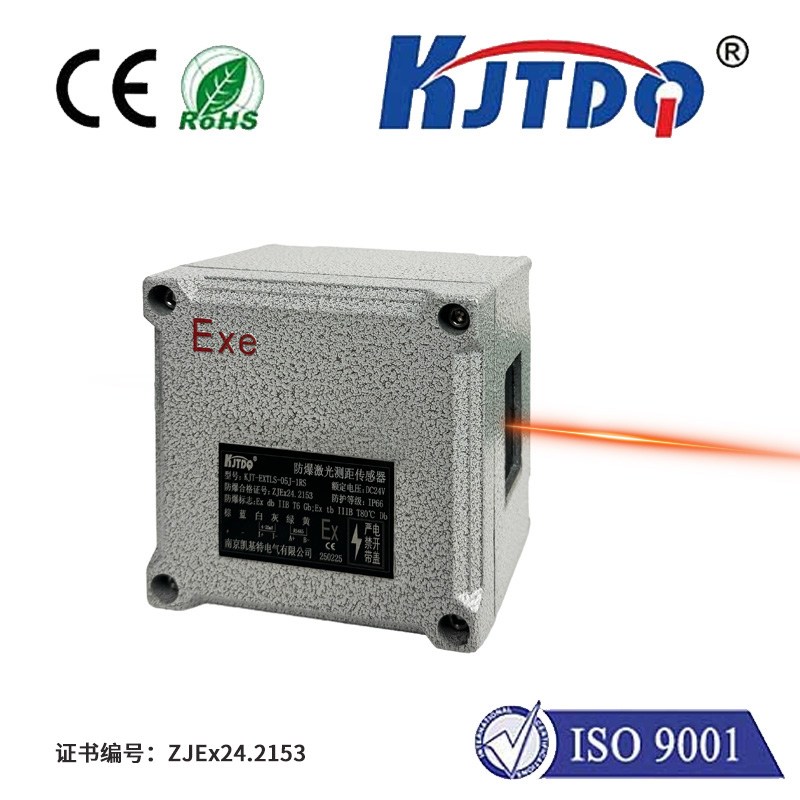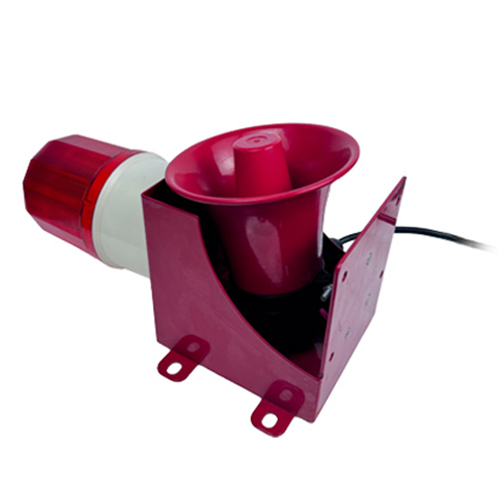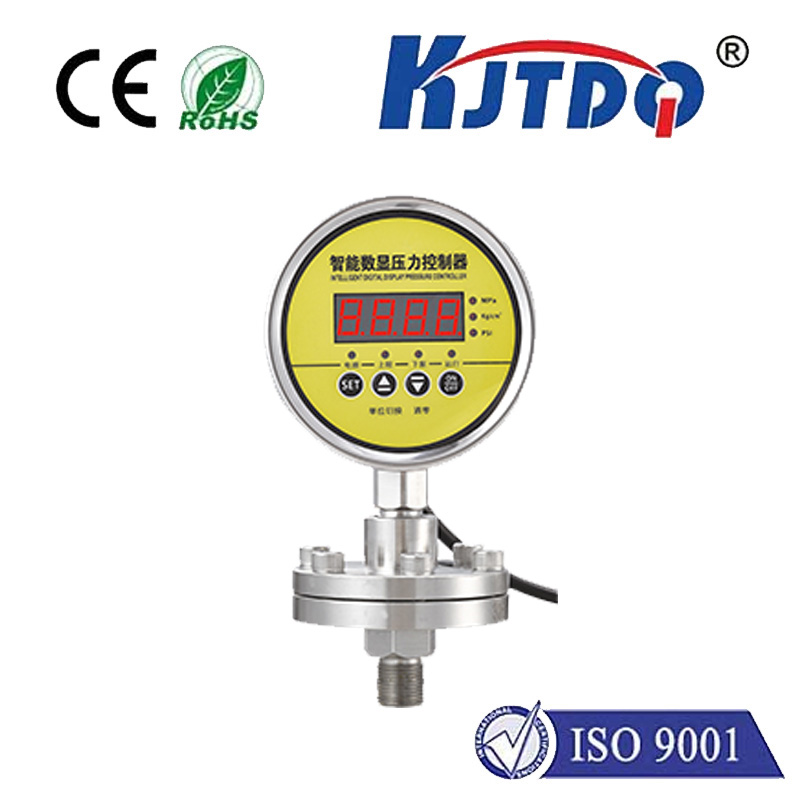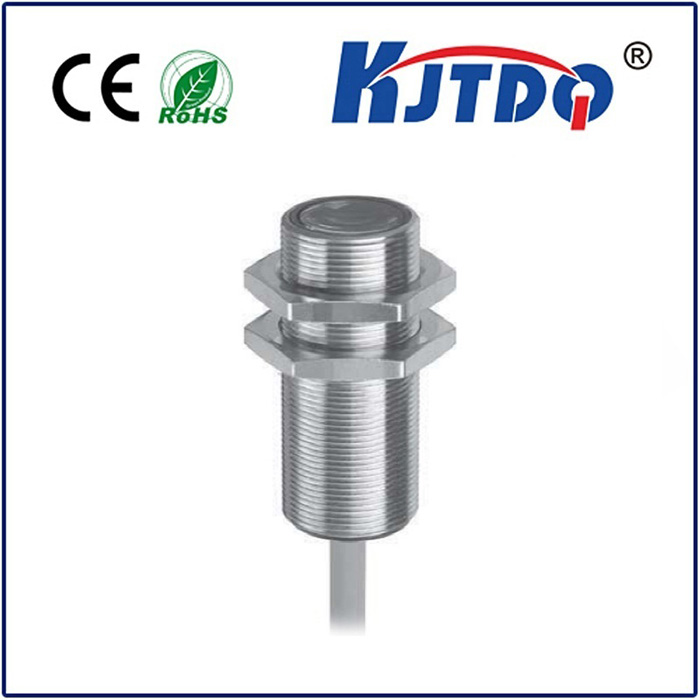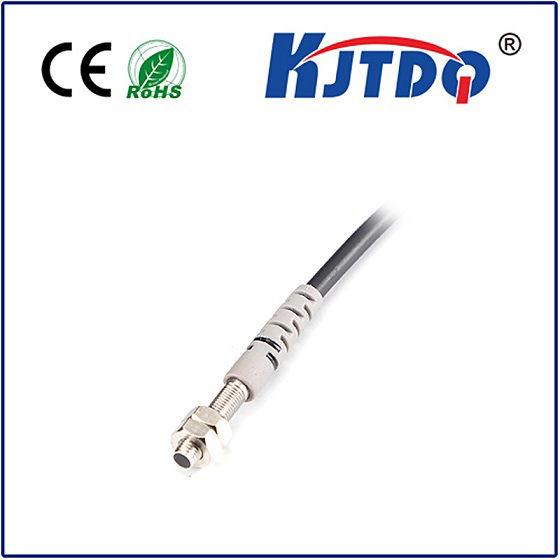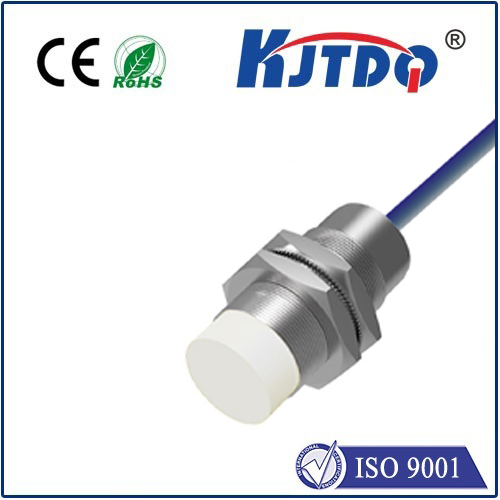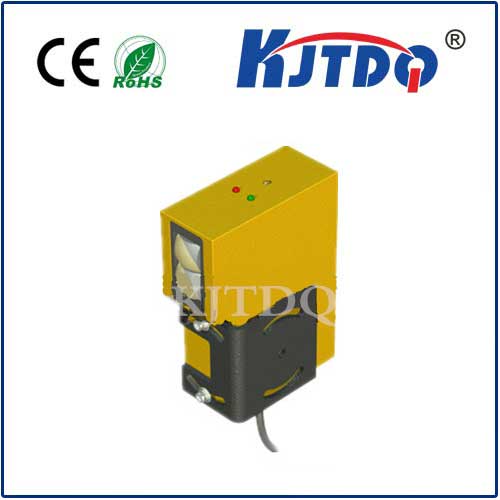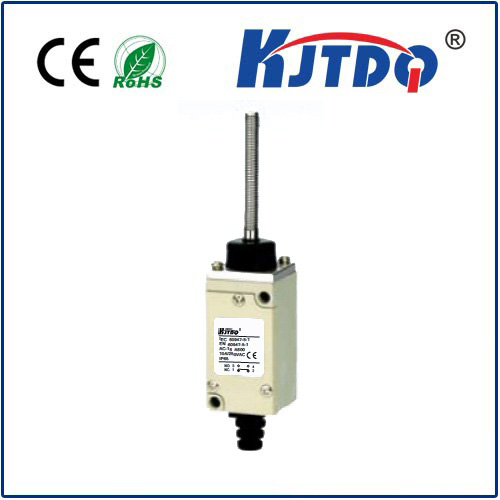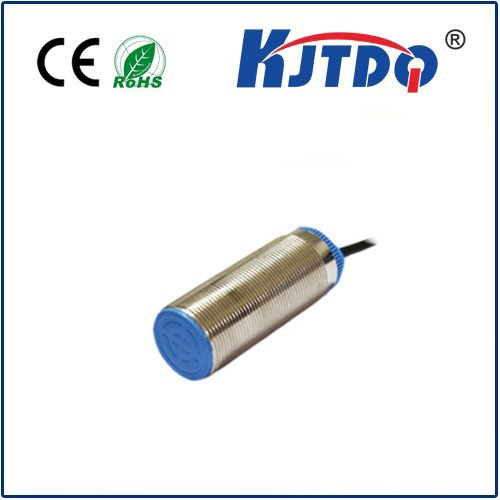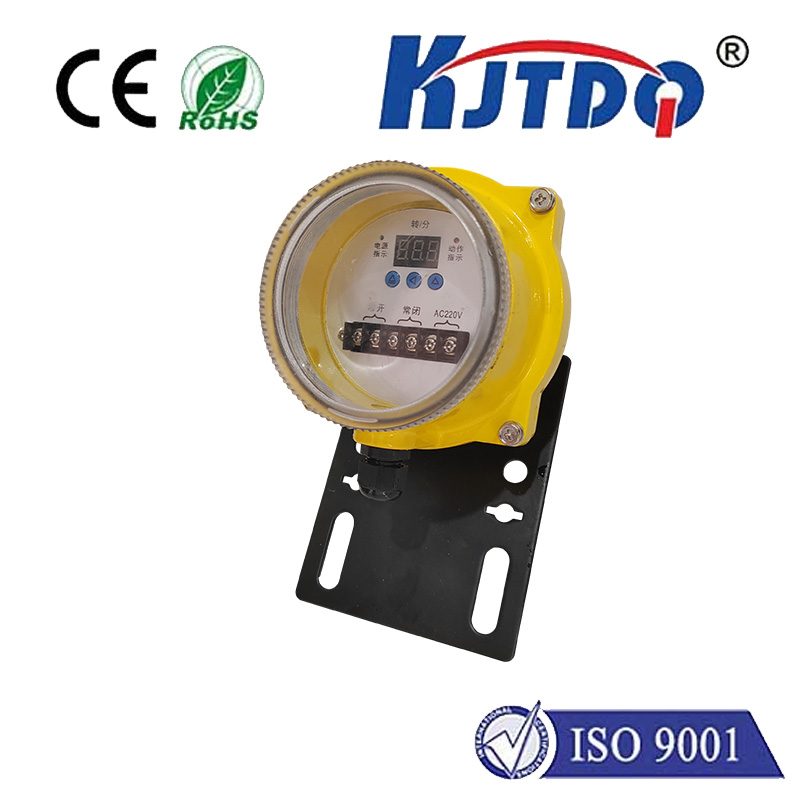

check

check

check

check
S-BFO P LGoptical fiber sensor: Enhancing Sensitivity and Performance in Modern Applications
In today’s rapidly evolving technological landscape, the demand for highly sensitive and reliable sensor systems is growing across various industries. One of the most promising developments in this field is the S-BFO P LGoptical fiber sensor, a cutting-edge device designed to deliver exceptional performance in optical sensing applications. This sensor combines the advantages of optical fiber technology with advanced material science, making it a valuable tool for monitoring and measuring a wide range of physical parameters.
The S-BFO P LGoptical fiber sensor is based on the concept of BBO (Beta-Barium Borate) crystals, which are known for their unique optical properties, particularly in the near-infrared region. The P in S-BFO stands for Polarized, indicating that the sensor is optimized for detecting changes in polarization, a key feature in many optical sensing applications. The LG in S-BFO P LGoptical fiber sensor refers to Low-Gain, meaning the sensor has minimal signal distortion, ensuring accurate and reliable measurements.

This sensor is particularly well-suited for use in environments where high precision and stability are required. It is commonly employed in environmental monitoring, structural health monitoring, and biomedical applications. The optical fiber structure of the sensor allows for long-distance signal transmission without significant signal loss, making it ideal for applications where the sensor needs to be installed in remote or hard-to-reach locations.
The S-BFO P LGoptical fiber sensor operates by detecting changes in the refractive index of the optical fiber, which can be caused by various physical parameters such as temperature, pressure, and strain. The sensor’s design enables it to respond quickly to these changes, providing real-time data that can be used for predictive maintenance and process optimization.
One of the key advantages of this sensor is its high sensitivity. Unlike traditional sensors that often rely on mechanical movement or electrical signals, the S-BFO P LGoptical fiber sensor uses optical interference to detect changes in the environment. This method not only reduces the need for additional components but also minimizes the risk of mechanical failure, making it more robust and durable.
The S-BFO P LGoptical fiber sensor is also known for its low power consumption and high reliability, which are critical factors in applications where energy efficiency and long operational life are essential. Its compact design and ease of integration with existing systems make it a popular choice among engineers and scientists working in diverse fields.
In summary, the S-BFO P LGoptical fiber sensor represents a significant advancement in optical sensing technology. By leveraging the unique properties of BBO crystals and the advantages of optical fiber technology, this sensor offers unparalleled performance in terms of sensitivity, accuracy, and reliability. Whether used in industrial settings, scientific research, or medical applications, the S-BFO P LGoptical fiber sensor is a powerful tool that continues to shape the future of optical sensing.
Key Features:
As technology continues to advance, the S-BFO P LGoptical fiber sensor remains at the forefront of innovation, offering a reliable and efficient solution for a wide range of applications. Its versatility and performance make it an essential component in modern sensing systems.
